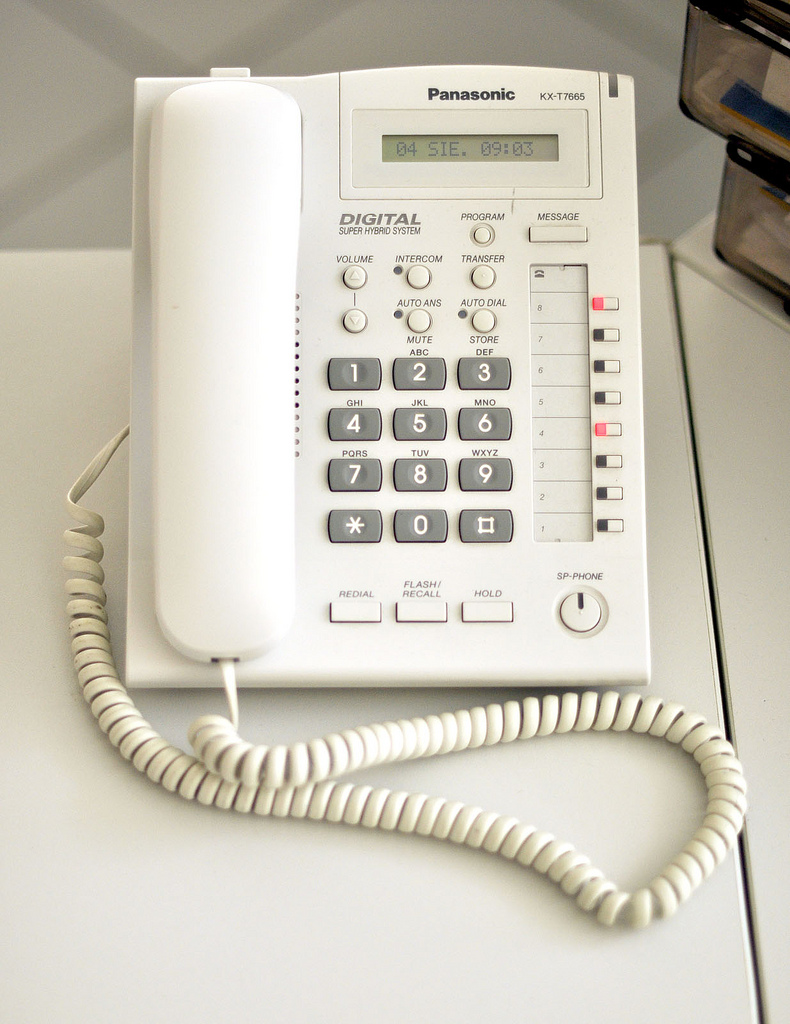The landline has been a part of society since the invention of the telephone in 1876. From the time the first telephone lines were laid more than 135 years ago to when landline usage reached its peak of 186 million users in the year 2000, there has always been a segment of the population dependent on landlines. However, the popularity of cellular phones has had a dramatic effect on landline usage: the Centers for Disease Control and Prevention (CDC) found in a 2012 survey of U.S. households that 45 percent of children under the age of 18 and 36.5 percent of adults use wireless services only.
Although younger adults (25-29) are more likely than any other age group to use wireless telephones exclusively (60.1 percent), landlines are still used predominately in many households. The landline may be less popular than it has been in years, but reports of its final demise remain premature.
Where Landline Use Remains Strong
The use of landlines breaks demographically based on income, homeownership, health insurance, and gender. Poorer people are the likeliest demographic to hang on to landlines: 51.8 percent of adults who live in poverty are more likely to have landlines, compared to 42.3 percent of those living near poverty, and 30.7 percent of higher income adults. Credit restrictions and the high cost of some no-contract plans can account for some of this disparity.
Individuals who rent (58.2 percent) use wireless exclusively at a rate that is double that of people who own their home. Again, the mobility factor and the likelihood that a renter will move multiple times in their lifetime versus someone who owns their own home help explain this statistic. Younger people are also more likely to rent a home than to own one, and it is this demographic that predominantly uses cell phones.
Those who don’t own health insurance also use cell phones far more than landlines. They use them at a rate nearly double that of adults under the age of 65 who have health insurance. It will be interesting to monitor these statistics a year from now, as the effects of “Obamacare” and the individual mandate take hold.
Finally, men, by a slight percentage, are more likely to live wirelessly only than women (35.2 versus 32.9 percent).
Availability and Support for Landlines
Telephone giants Verizon and AT&T are looking to phase out their current block of landline business in the near future. The issue for a telecommunication company with both landline and cell service customers is that landlines are expensive to maintain and only account for a fraction of their revenues. AT&T reports that landline customers represent only about 25 percent of their total revenue. Verizon has been slow to consider replacing waterlogged phone lines impacted by the effects of Hurricane Sandy in 2012 because of their belief that such lines are antiquated and their maintenance expensive.
The Reason Landlines will Endure
Landlines will continue to be an important part of some households in the United States for some period of time. The caveat here is that as the population ages — individuals aged 65 and older in the United States represent 12.8 percent of the population according to Census Bureau data — there will be fewer individuals in the next generation who will replace them as landline users. Landline use will certainly diminish, though it won’t disappear entirely.
The landline will continue to be available for those communities that lack reliable wireless access. This includes the 6 percent of Americans who rely on dial-up connections in order to access the Internet and the 80 million Americans who do not use broadband. Until complete, affordable, and comprehensive access to wireless service is made available across the country, the landline will continue to survive.
Byline
Gilbert Tyler is a freelance writer focusing on mobile phones, landlines, gadgets, gizmos and other such topics. Mobile phone owners, specifically iPhones, should think about better protection of their investment and visit Protect Your Bubble iPhone insurance.
Image credit goes to Karolina Kabat.

